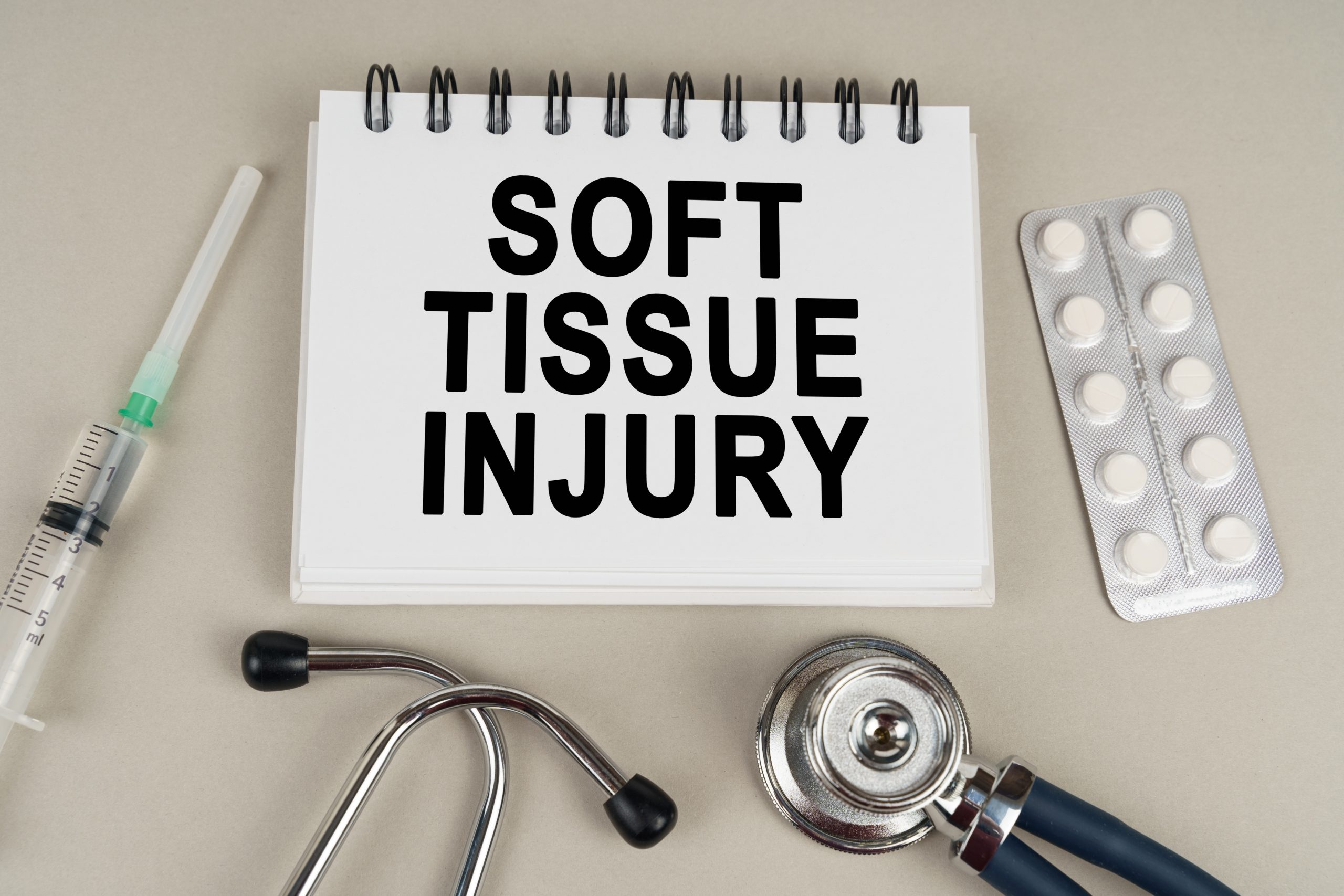A bodily injury is a physical injury that can result in intense pain, disfigurement, and reduced organ or body part functioning. Personal injury accidents, such as car, truck, and motorcycle accidents, can cause direct trauma to the body and result in significant injuries. Fortunately, federal and state laws allow accident victims to pursue financial restitution for harms and losses following a personal injury accident. One way to achieve this is by filing a bodily injury claim with the at-fault driver’s auto insurance company. Bodily injury claims allow those injured in car accidents to recoup costs for medical treatment, legal fees, lost wages, and other associated harms and losses.
What Is the Difference Between a Bodily Injury and a Personal Injury?
If you are not a part of the legal community, you may use the terms “bodily injury” and “personal injury” interchangeably. This is understandable since there is a great deal of overlap between the two types of injury. But they do differ in a few critical ways.
Personal injury is a component of civil law. Injuries may arise due to auto accidents, premises liability, medical or professional malpractice, defective products, and other incidents. The common element in personal injuries is that the accidents are not intentional or criminal in nature; rather, they result from negligent or careless actions.
Bodily injury, on the other hand, tends to be seen most in an insurance context, rather than in a criminal context. “Bodily injury” is the precise term insurance companies ascribe to a particular kind of liability. The defining characteristic of a bodily injury is that another person causes this type of injury, to a particular location on the body, usually from a car accident. In an insurance context, bodily injury is a type of insurance policy that compensates the injured victim through the at-fault party’s insurance policy (typically). To help illustrate this concept, let us say I was t-boned in an intersection by a negligent driver who breezed through a red light while responding to a text message. In this example, the at-fault driver was the cause of the accident, and thus, the cause of any injuries that I, the injured party, sustained. This could reasonably be categorized as a bodily injury, and filing a bodily injury claim would enable me to pursue rightful financial compensation for my damages and losses.
What Is Covered Under Bodily Injury Coverage?
Bodily injury liability insurance covers a range of costs associated with car accident injuries
Medical costs
Many kinds of medical costs are covered for other people involved in an accident you cause, such as emergency care, ongoing medical care, and hospital fees.
Legal fees
If someone who is injured in the accident sues you, this liability insurance will cover your legal defense fees, court costs, judgments, and settlements, up to your policy limits.
Loss of income
In cases where a person is injured in an accident you caused and they miss work because of it, bodily injury liability insurance can cover the income they lose as a direct result of the accident.
Funeral expenses
If the accident results in the fatality of another driver or one of their passengers, liability insurance can pay for funeral costs.
Three Factors Affecting Payouts for Bodily Injury Claims
Factor 1: Damages
The damages you have incurred from your injury will account for a substantial amount of the compensation you will receive. The primary damages an insurance adjuster will look at include:
- Medical bills
- Physical therapy
- Out-of-pocket expenses related to the injury
- Lost income or wages
- Pain and suffering
The total estimate of your damages will make a good approximation of your bodily injury claim’s value.
Factor 2: Accident Location
Insurance claims adjusters frequently consider the location of the accident as well. Insurance adjusters will often research the “venue” or the location where your bodily injury claim will go to trial (if it goes to trial, that is). Here, the adjuster may find that the venue has historically been favorable to large personal or bodily injury settlements. If that is the case, and the venue is well known to offer large payouts for injury lawsuits, then the adjuster is likely to offer more money to settle your claim to avoid going to court. Likewise, personal injury attorneys may research the venue, looking at previous personal injury cases to see how much compensation is typically awarded in injury cases.
Factor 3: Medical Costs
Higher medical costs tend to be associated with higher bodily injury claim payouts. However, insurance companies are only obligated to cover “reasonable and necessary” injury medical treatment bills. That means if your treatments for medication or physical therapy are reasonable and necessary to facilitate your full recovery, they should generally be recoverable.
How Is a Bodily Injury Settlement Calculated?
Calculating the correct amount of compensation for a bodily injury settlement can be a complex process. There are several factors to consider, from the scale of injury and medical treatment to the additional damages of lost wages or affected lifestyle. There are two methods commonly used to calculate the amount for a bodily injury claim. However, other alternatives exist such as computer modelling and the use of previous claimants as a payout precedent.
The Multiplier Method
The multiplier method involves gathering a figure from the quantifiable damages, such as medical bills or lost wages. This figure is totaled and then multiplied by a number between one and five, depending on the extent of the injuries, with five representing the higher end of the severity scale. Permanent traumas such as paralysis or brain injuries have been known to receive a higher multiplier than five.
The Pier Diem Method
The Pier Diem method literally means ‘per day.’ This method entails calculating a monetary value for each day that the injury continued. Daily income is often used to calculate this, as it must be demonstrated to the court how you have arrived at your Pier Diem figure. Due to the specifics involved, it would be unwise to employ this method when dealing with a long-term injury.
To gain a better understanding of the damages you could reasonably pursue through an injury claim, consider speaking to legal counsel.



